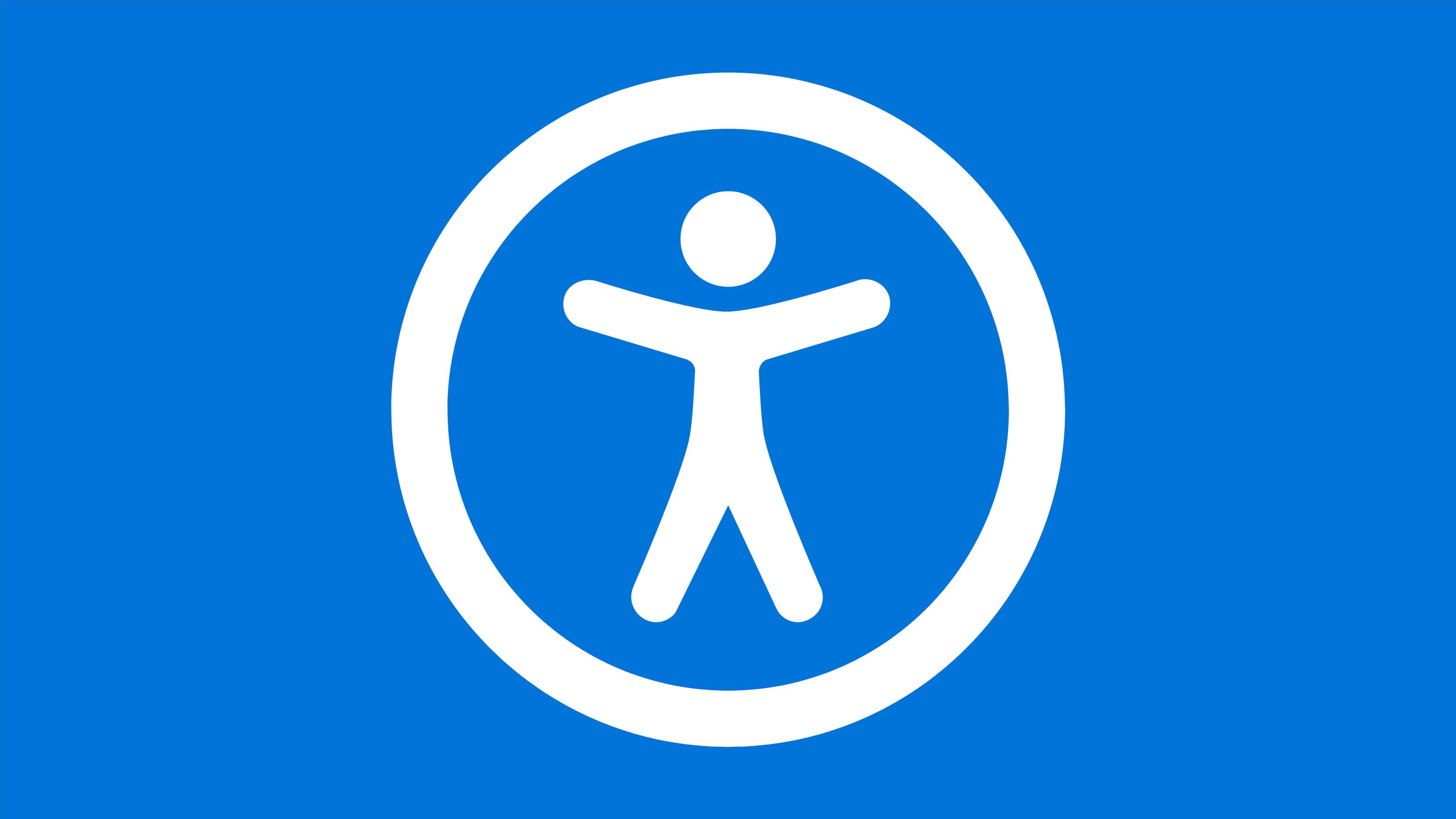Principles of Universal Design
What are the main ideas and guiding principles behind universal design?

Contents
Introduction
What are the main ideas and guiding principles behind universal design? How are those principles applied in practice?
In my prior post “Universal Design vs. Accommodations”, we looked at the principles and goals of universal design. In that post, I was mostly drawing a contrast between universal design on one hand and accommodations on the other. In this post, I want to return to the principles of universal design and look at how those principles are applied in the physical world.
NC State University’s Center for Universal Design defines universal design as:
The design of products and environments to be usable by all people, to the greatest extent possible, without the need for adaptation or specialized design.
There are seven principles of universal design, and each principles has four to five guidelines. What are the principles and guidelines and what are examples of those in the physical world?
Principle One: Equitable Use
The design is useful and marketable to people with diverse abilities.
Guidelines:
- 1a. Provide the same means of use for all users: identical whenever possible; equivalent when not.
- 1b. Avoid segregating or stigmatizing any users.
- 1c. Provisions for privacy, security, and safety should be equally available to all users.
- 1d. Make the design appealing to all users.
Examples:
- A flat and smooth building entrance with automatic sliding doors.
- Sidewalks with bumped tiles and curb cuts that are wheelchair-accessible (clear and smooth with gentle inclines).
Principle Two: Flexibility in Use
The design accommodates a wide range of individual preferences and abilities.
Guidelines:
- 2a. Provide choice in methods of use.
- 2b. Accommodate right- or left-handed access and use.
- 2c. Facilitate the user’s accuracy and precision.
- 2d. Provide adaptability to the user’s pace.
Examples:
- Multiple drinking fountains placed at a variety of heights.
- Microwaves, TVs, and other devices with controls that are both tactile and visual (such as dials).
- Check-out options that allow you to pay with cash or credit cards.
Principle Three: Simple and Intuitive Use
Use of the design is easy to understand, regardless of the user’s experience, knowledge, language skills, or current concentration level.
Guidelines:
- 3a. Eliminate unnecessary complexity.
- 3b. Be consistent with user expectations and intuition.
- 3c. Accommodate a wide range of literacy and language skills.
- 3d. Arrange information consistent with its importance.
- 3e. Provide effective prompting and feedback during and after task completion.
Examples:
- Picture-based instructions (like those you get from IKEA).
- Standardized signs that are intuitive and simple (such as an icon of a cigarette with a slash through it).
- Simple remote controls that don’t have more than, say, 15 buttons.
Principle Four: Perceptible Information
The design communicates necessary information effectively to the user, regardless of ambient conditions or the user’s sensory abilities.
Guidelines:
- 4a. Use different modes (pictorial, verbal, tactile) for redundant presentation of essential information.
- 4b. Provide adequate contrast between essential information and its surroundings.
- 4c. Maximize “legibility” of essential information.
- 4d. Differentiate elements in ways that can be described (i.e., make it easy to give instructions or directions).
- 4e. Provide compatibility with a variety of techniques or devices used by people with sensory limitations.
Examples:
- Smoke alarms that provide both visual cues (flashing) and auditory cues (an alarm sound).
- Bumped and ridged sidewalk tiles that are brightly colored.
- Tactile elevator buttons with visual and auditory feedback.
- Signs or controls that are both visual and tactile (including bathroom signs, microwave controls, and remote controls).
- ATMs that allow you to plug in headphones to hear (if you can’t see) and with a tactile interface or a simple touchscreen interface.
Principle Five: Tolerance for Error
The design minimizes hazards and the adverse consequences of accidental or unintended actions.
Guidelines:
- 5a. Arrange elements to minimize hazards and errors: most used elements, most accessible; hazardous elements eliminated, isolated, or shielded.
- 5b. Provide warnings of hazards and errors.
- 5c. Provide fail safe features.
- 5d. Discourage unconscious action in tasks that require vigilance.
Examples:
- On ATMs and kiosks:
- Touchscreens with large clickable areas.
- Confirmation screens.
- The ability to undo an action.
- Microwaves that won’t start if the door is still open.
Principle Six: Low Physical Effort
The design can be used efficiently and comfortably and with a minimum of fatigue.
Guidelines:
- 6a. Allow user to maintain a neutral body position.
- 6b. Use reasonable operating forces.
- 6c. Minimize repetitive actions.
- 6d. Minimize sustained physical effort.
Examples:
- Sidewalks that are clear, flat, and smooth.
- Lever handles or automatic doors rather than traditional rounded doorknobs.
- Hands-free faucets or drinking fountains.
Principle Seven: Size and Space for Approach and Use
Appropriate size and space is provided for approach, reach, manipulation, and use regardless of user’s body size, posture, or mobility.
Guidelines:
- 7a. Provide a clear line of sight to important elements for any seated or standing user.
- 7b. Make reach to all components comfortable for any seated or standing user.
- 7c. Accommodate variations in hand and grip size.
- 7d. Provide adequate space for the use of assistive devices or personal assistance.
Examples:
- Sidewalks, hallways, and doors that are wide enough for people who use wheelchairs.
- Bathrooms that are large enough for a wheelchair.
- Turnstiles that are wide enough to accommodate people who use wheelchairs and those in larger bodies.
- Restaurants, movie theatres, and transit that accommodate people who use wheelchairs and those in larger bodies.